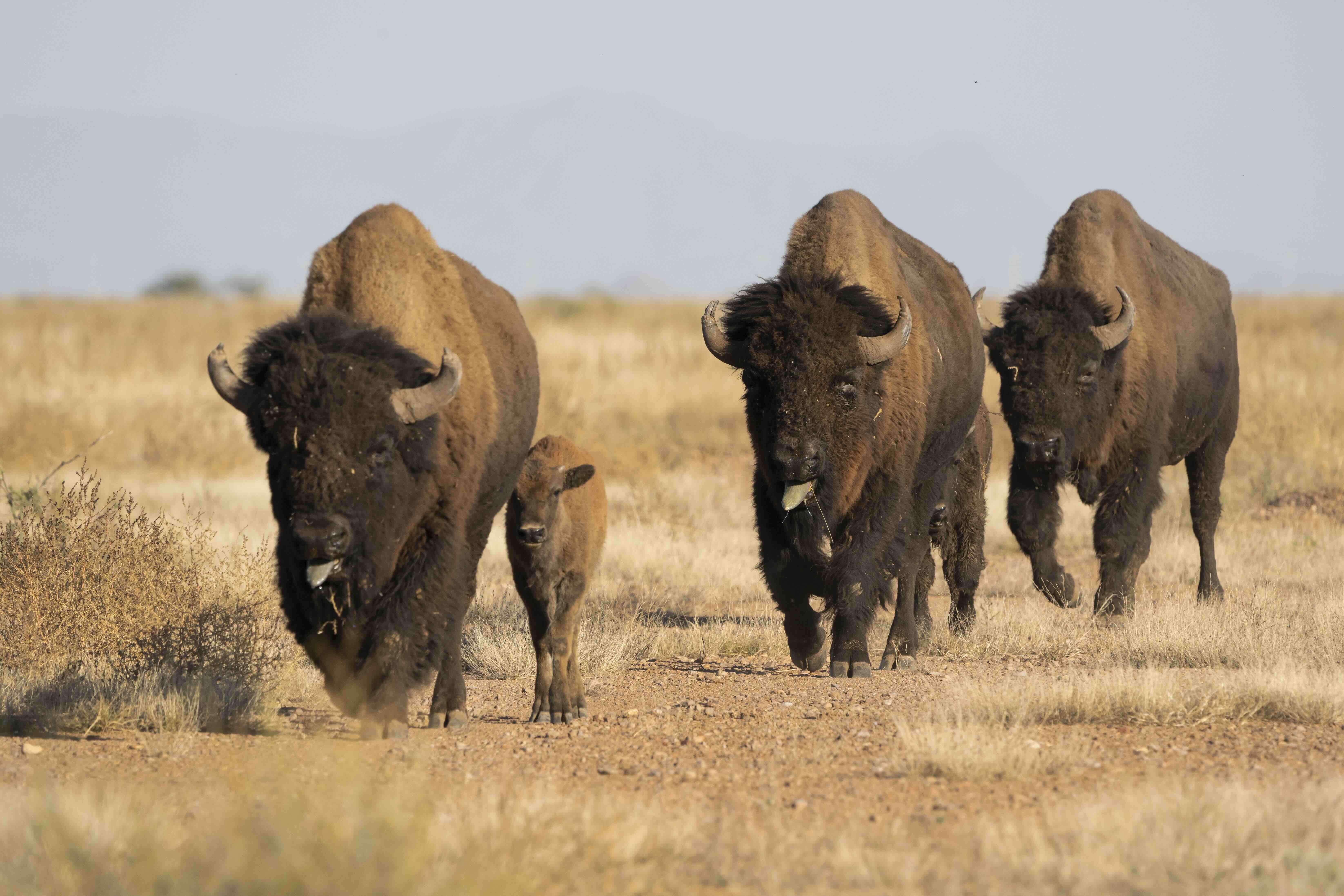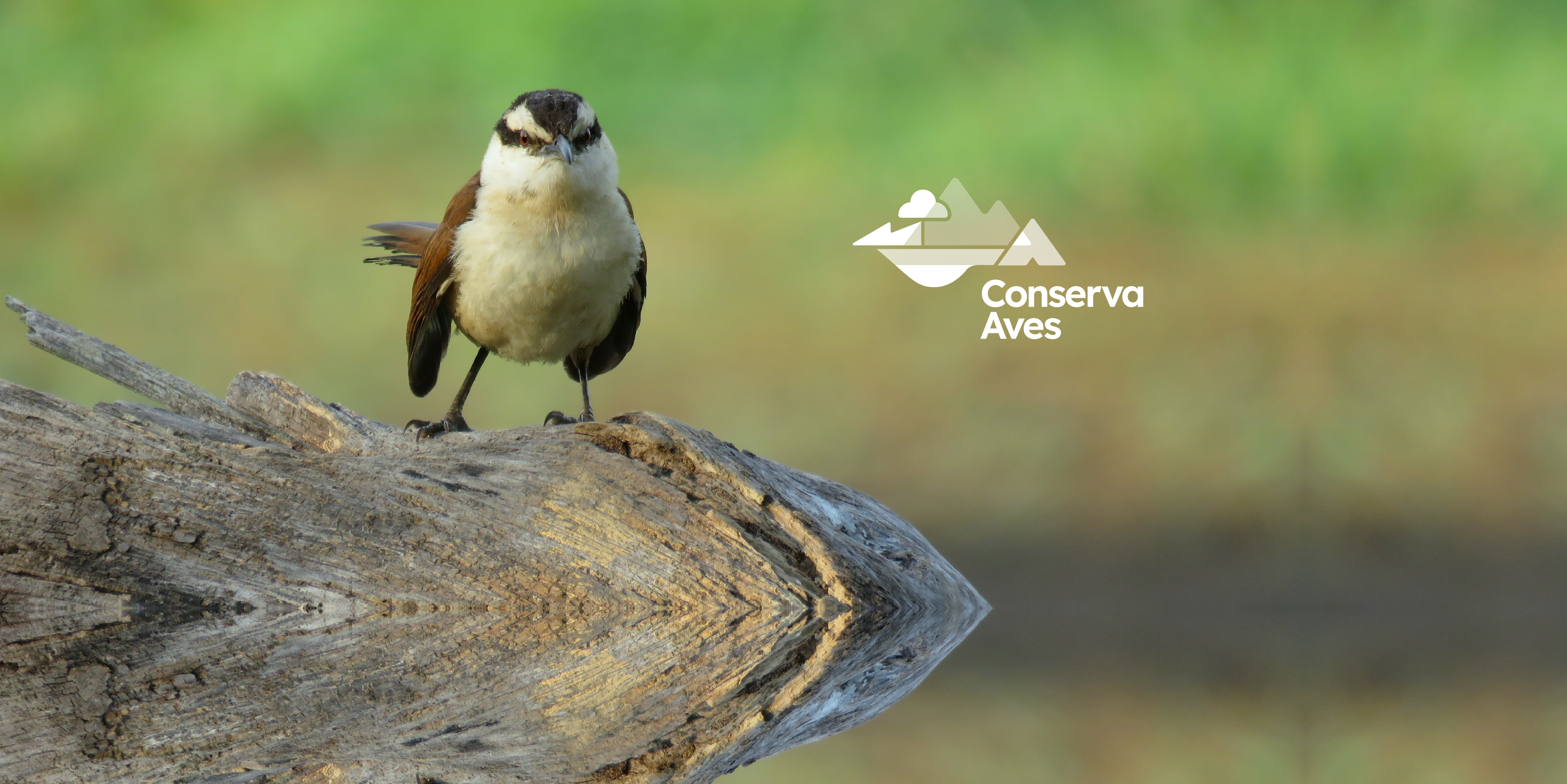Mexico leads the first Conserva Aves Learning Community in the Americas
Under the theme “Sustaining Our Natural Treasure,” the SICC brought together representatives from environmental organizations, government institutions, academia, and local communities, fostering dialogue around innovative solutions to current environmental challenges.
Within this framework, Mexico becomes the first country to establish a Conserva Aves Learning Community—conceived as a permanent technical and collaborative space to strengthen capacities, share lessons learned, and build joint solutions among the initiative’s grantee organizations in the country. This model aims to inspire and be replicated in other territories where Conserva Aves is active, further strengthening the hemispheric network of “Territories of Life” for birds.
The launch session also served as a space for collective learning: participants shared their progress and challenges, and took part in practical workshops on capacity building, organizational leadership, and resource mobilization strategies to ensure the continuity of their conservation efforts.
The opening included remarks from Laramie Ferguson (Birds Canada), who highlighted that “this community is a living network that connects knowledge, fosters partnerships, and generates strong, inclusive, and effective conservation outcomes in the face of complex challenges.”
Efraín Castillejos, Conserva Aves Coordinator at Pronatura Sur, a BirdLife International implementing partner, emphasized the talent and technical expertise of local partners, inviting participants to make the most of this space for collaboration and collective learning that will strengthen conservation from the territories.
In her address, Amantina Lavalle, Operations Director at FMCN, celebrated the launch of the first Conserva Aves Learning Community in Mexico, noting that “this is a living space for co-design, knowledge building, and collaboration among people working directly in the territories.” She also expressed her expectation that this model will be replicated in other countries across the consortium.
During the panel “Conserving Birds in Mexico,” Frida Baños, Director of Regional Operations at the National Commission of Natural Protected Areas (CONANP), highlighted the role of protected areas as “living laboratories” that safeguard essential sites for breeding, nesting, feeding, and resting of both resident and migratory birds.
Humberto Berlanga, Director of Cooperation and Information Management for Bird Conservation at the National Commission for the Knowledge and Use of Biodiversity (CONABIO) and Coordinator of the North American Bird Conservation Initiative (NABCI–Mexico), shared the historical background and achievements of international bird conservation cooperation—from the 1936 Mexico–United States Convention for the Protection of Migratory Birds to its evolution into continental frameworks for biodiversity collaboration.
The panel concluded with presentations by Sofía Lorda (Audubon) and Alfonso Hernández (BirdLife International), who shared the hemispheric progress of Conserva Aves:
- 168 protected areas in process of creation, expansion, or official recognition, representing over 2 million hectares;
- 24 areas officially designated, with the participation of 107 local and national organizations;
- A key highlight: Mexico accounts for more than 50% of the progress toward the target funded by Global Affairs Canada (GAC) within the initiative, consolidating its position as a regional leader in the creation of Territories of Life. Additionally, the Latin American Conservation Council (LACC) contributes to this effort by funding one of the protected areas.
At the end of the event, participants collectively defined the action roadmap for this new Learning Community, identifying common priorities and commitments to strengthen participatory conservation, financial sustainability, and ongoing support. With this launch, Mexico sets a historic precedent within the Conserva Aves initiative, embodying the spirit of a hemispheric network that learns, innovates, and collaborates to protect the Territories of Life for birds and the communities that safeguard them.
This project, under the framework of the Conserva Aves Initiative, is driven by American Bird Conservancy, National Audubon Society, BirdLife International, Birds Canada, and the Latin American and Caribbean Network of Environmental Funds (RedLAC). In Mexico, it is implemented by the Mexican Fund for the Conservation of Nature (FMCN) in collaboration with Pronatura Sur A.C. and with the support of the National Commission of Natural Protected Areas (CONANP) — three institutions with a long-standing track record in conservation across the country. The initiative also benefits from partial financial support from the Government of Canada through Global Affairs Canada (GAC).
Reproduced for informational purposes. Original version available here.
Learn more about the project here.


